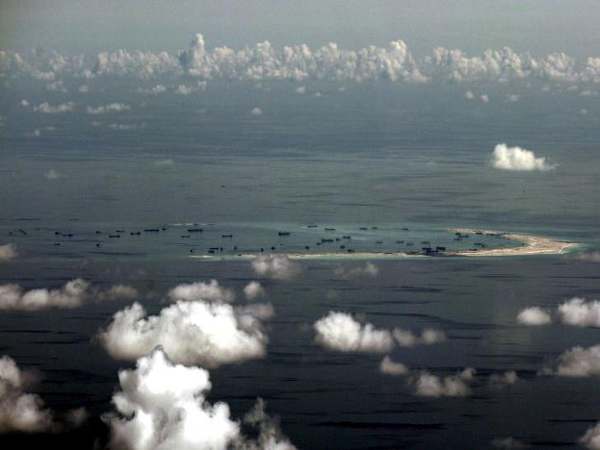Focus will be on preparedness to deal with 26/11-like attacks
New Delhi, November 10:
Early next year, India will conduct its first full-spectrum test of coastal security, an operation code-named Exercise Sea Vigil, which will test the response of nine different stakeholders and agencies as it ascertains India’s preparedness to deal with attacks such as the one by terrorists on several locations in Mumbai on November 26, 2008 .
The exercise will test response, reaction time and coordination between agencies to deal with incoming threats simultaneously across both the eastern and western seaboard, a senior official of the ministry of defence said on condition of anonymity.
A decade ago, on November 26, 10 Pakistani terrorists sneaked into Mumbai; 166 people were killed and over 300 injured in the ensuing attacks that lasted three days and involved terrorists from the Lashkar-e-Taiba taking over a luxury hotel.
Then, as it is now, the Achilles heel of India’s coastal security remains small fishing boats, especially those under 20 meters long. Of the 280,000-odd fishing boats registered across states in India, 220,000 fall in this category. The 10 Pakistan-based terrorists involved in the 26/11 attacks hijacked Kuber, a small fishing trawler in the high sea, killed the captain, and sailed into Mumbai unchallenged. They then used inflatable rafts to land.
Since then, all merchant and fishing vessels that are above 20 meters long are fitted with “Automatic Identification System ” (AIS), a Global Positioning System-enabled friend or foe identification system that also carries essentials details of the ship such as its last port of call and place of registration. Efforts to get an AIS on smaller trawlers and boats haven’t worked out. A satellite-based two-way communicating transponder developed by the Indian Space Research Organization (ISRO) is currently under trials for fitment on boats of smaller length but there is no clarity as to who will bear the ₹12,000-14,000 each cost of this.
What will Exercise Sea Vigil test?
“Any and every contingency which could crop up in the near future will be tested during this exercise,” a senior naval officer who didn’t want to be named said.
During the exercise, 46 Coastal Radar Stations, 74 National Automatic Identification System Chain stations, four Joint Operational Centers located in Mumbai, Kochi, Vizag and Port Blair and the Gurugram-based Information Management and Analysis Centre (IMAC), the nerve centre of coastal surveillance and monitoring, will be put to test.
The agencies tested will include the Directorate General of Shipping, which controls merchant shipping; the Directorate General of Lighthouses and Lightships, which tracks incoming and outgoing ships through the AIS; the Marine Police of coastal states; the Indian Coast Guard; intelligence agencies such as the Intelligence Bureau and the Research and Analysis Wing; the Customs department; the local police, and even fishermen. The Indian Navy will lead the exercise.
“Possible scenarios will include trying to breach the security net of AIS systems, coastal radar stations, Joint Command Centers and 24/7 monitoring to reach Indian shores from the seas,” the naval officer said, explaining the aim of the exercise. Interestingly, the exact dates are not being shared among various stakeholders to keep the element of surprise. “Reality checks are all about testing actual response and coordination, else it becomes a rigged game,” the officer said.
Courtesy: Hindustan Times




